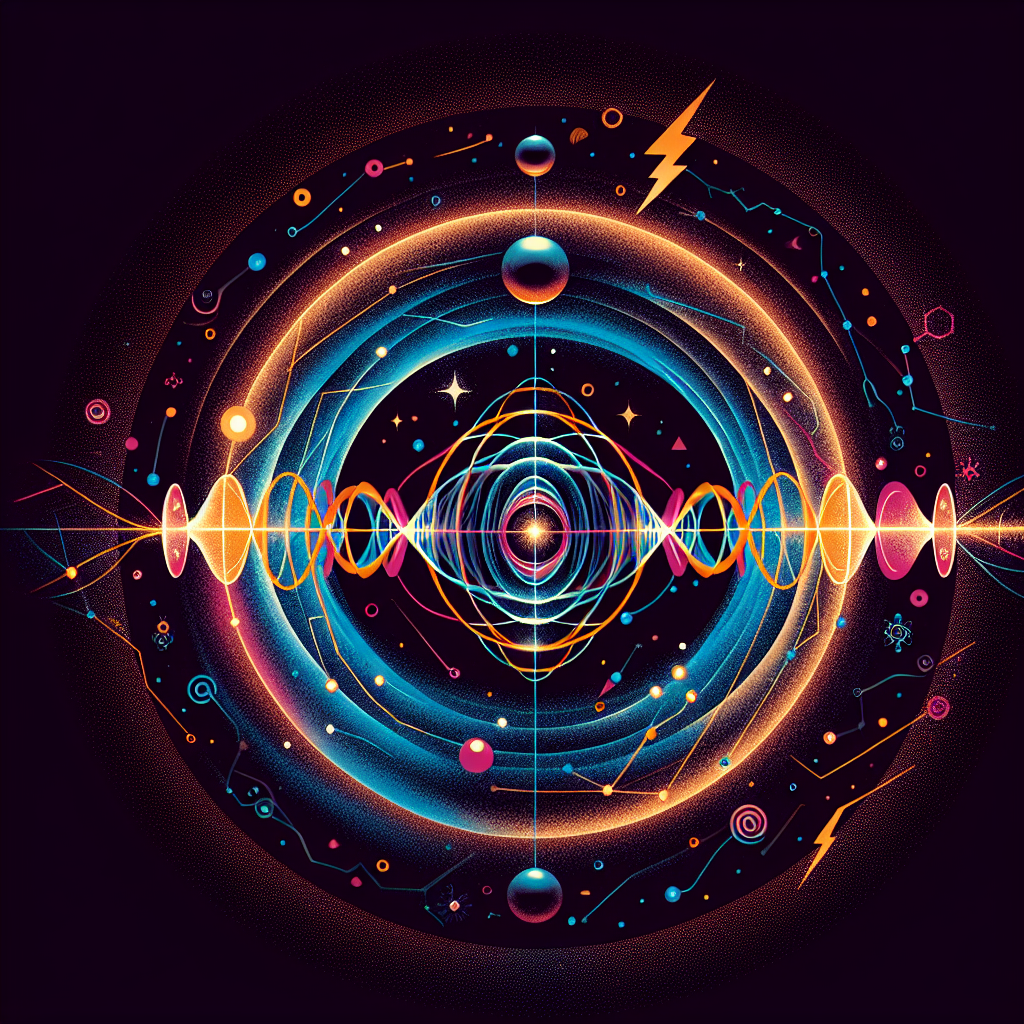The Enigma of Quantum Entanglement
One of the most mystifying elements of quantum physics involves a phenomenon known as ‘quantum entanglement.’ Einstein famously referred to it as “spooky action at a distance.” When particles become entangled, it’s as if they’re instantaneously connected to each other, regardless of the distance separating them. If you were to change the state of one particle, the other particle would instantly reflect this change, despite being miles away.
Intriguing Experiments with Entanglement
In a mind-bending 2015 experiment, scientists at TU Delft’s Kavli Institute of Nanoscience in the Netherlands demonstrated quantum entanglement’s reality. They set up two diamonds on opposite ends of their lab and shot photons at them, creating entangled electron pairs. When they manipulated one electron, the other responded instantaneously.
The Uncertainty Principle
The Uncertainty Principle, presented by Werner Heisenberg, posits that it’s impossible to accurately measure both the position and momentum of a particle simultaneously. The act of measuring one affects the other, producing an inherent fuzziness in our understanding of the universe at the quantum level.
Uncertainty Principle at Work
In 2012, a team of physicists used superconducting circuits to verify the Uncertainty Principle’s assertion. By observing an object in two states at once, they created a superposition, demonstrating that uncertainty isn’t due to measurement limitations, but a fundamental property of quantum systems.
Quantum Tunneling
Quantum tunneling is another peculiar quantum principle. Despite seeming insurmountable barriers, particles can pass through and appear on the other side. This is possible because quantum objects exist as a ‘cloud’ of potential positions, and there’s always a chance it could end up on the other side of the barrier.
Real-World Applications of Quantum Tunneling
Quantum tunneling isn’t just a theoretical concept. Its real-world applications include scanning tunneling microscopes that help map atomic landscapes and tunnel diodes used in high-frequency oscillators in electronics.
Quantum Superposition
Superposition, another bedrock of quantum physics, allows particles to be in multiple states at once. A quantum system can exist in multiple configurations, collapsing into one state only when observed or measured.
Schrödinger’s Cat Experiment
The concept of superposition was famously illustrated by Erwin Schrödinger’s thought experiment involving a cat simultaneously dead and alive inside a box until observed. While it’s just a theoretical experiment, it highlights the paradoxical nature of quantum mechanics.
The Quantum Zeno Effect
The Quantum Zeno Effect suggests that ‘a system can’t change while you’re watching it.’ It’s like the saying, ‘a watched pot never boils.’ Fascinatingly, attempts to force particles to relocate have ended up freezing them in place.
Experimental Evidence of the Zeno Effect
In 2015, Cornell University physicists tested and confirmed the Quantum Zeno Effect. They kept a superconducting quantum bit in constant scrutiny, preventing it from entering a different quantum state.
Wave-Particle Duality
Particles like electrons and photons behave like both particles and waves. This ‘wave-particle duality’ is based on the principle that light and matter exhibit properties of both classic, distinguishable particles and waves.
Double-Slit Experiment
Wave-particle duality was demonstrated through the iconic Double-Slit Experiment. Scientists found that light and electrons produce an interference pattern when passed through two slits, behaving like waves. But when observed, these entities ‘choose’ one slit, behaving like particles – a strange and shocking aspect that still baffles scientists.
The world of quantum physics is continuously dizzying us with its astonishing and counterintuitive discoveries. The further we delve into it, the more we uncover realities beyond our macroscopic understanding. This microscopic realm prompts us to rethink our understanding of how the universe works, and it’s sure to keep throwing us curveballs as we venture deeper into it.
